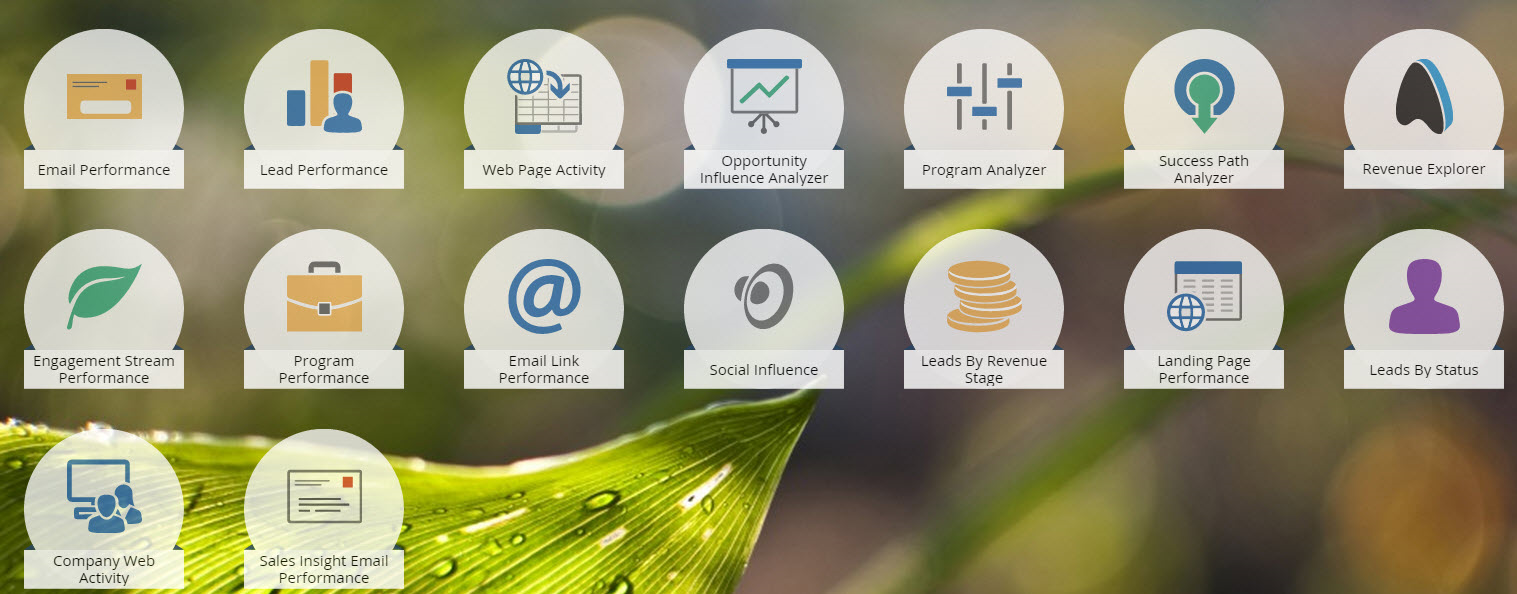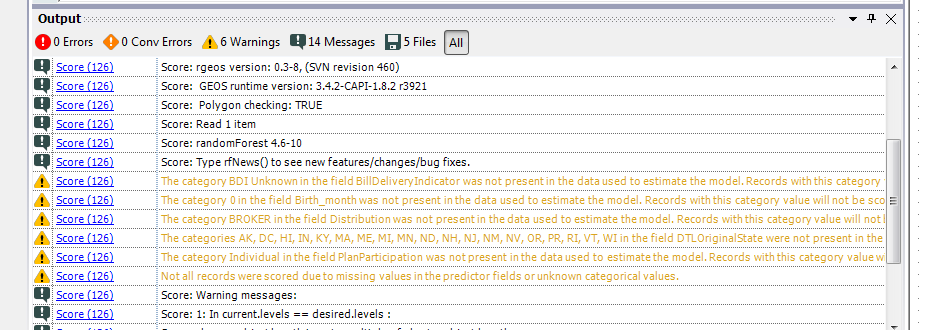Featured Ideas
Hello,
After used the new "Image Recognition Tool" a few days, I think you could improve it :
> by adding the dimensional constraints in front of each of the pre-trained models,
> by adding a true tool to divide the training data correctly (in order to have an equivalent number of images for each of the labels)
> at least, allow the tool to use black & white images (I wanted to test it on the MNIST, but the tool tells me that it necessarily needs RGB images) ?
Question : do you in the future allow the user to choose between CPU or GPU usage ?
In any case, thank you again for this new tool, it is certainly perfectible, but very simple to use, and I sincerely think that it will allow a greater number of people to understand the many use cases made possible thanks to image recognition.
Thank you again
Kévin VANCAPPEL (France ;-))
Thank you again.
Kévin VANCAPPEL
default file path in "File Browser" interface app would be a nice to have feature. Similar to what we have in Numeric, Text etc. interface app.
When using ./*.csv for an input (relative path and wildcard), a preview does not show in the Properties area of the input tool. Can this be added?
Right now the browse results are only available while a workflow is open. It would be great if they could be saved until the next run, because sometimes I have to do things in stages, saving and closing a workflow, then continuing on it another time. I would love to have the browse results fromt the last run still be there until I re-run it.
Issue: It appears that the Marketo Input SOAP API Connector needs to go through all 500 + columns of lead object data before it filters out the specific request I indicated. What this means is that to process 1 day of lead data for 3 columns of data, it takes 45 minutes plus and not ideal.
Client Services indicated that there is a limitation with the Marketo SOAP API tool and it would be best to utilize the Download tool and build a custom connection to the CRM System (Microsoft Dynamics) to get a predefined list of Lead IDs and then use that as a filter via the Marketo Input SOAP API connector.
Request:
1. Add Microsoft Dynamics Connector
2. Try to innovate a better Marketo Service Connector to just grab the defined fields as opposed to go through the entire processing for all records to only filter back down to.
Eric
It would be great if Alteryx developed an option to keep data transformations and additions already ran through the module. After adding new tools to the module, then the module would keep all of the data already transformed or added up to that point and would only spend time running the data through any new tools added after that point.
It would save the analyst a lot of time when developing big and complex modules.
It would be great if there was an option to compute 'median' on numerical data column in 'cross-tab' tool. We trust 'median' a lot more than 'average' in many different computations.
I would stretch my suggestion far enough to propose adding quantile computations as well...
Thanks!
Hi Alteryx Team,
My work is to create Output from Alteryx and upload the Output file into Tibco Spotfire. So i want a system in which Alteryx output directly goes in to the Tibco Spotfire and update Tibco Spotfire in every 6 hours.
So do you have any plan to connect the Alteryx with Tibco Spotfire? This is will help me to automate the project.
If not pls think on these concept for future use.
Dear Alteryx Team,
Dynamic Input Tool is a great tool to import easily multiple files using files paths parameters ... having the same tool for outputs would be great to export many files in pre-established folder.
Many thanks
Arno
I'd like to vote up this idea of having marketo input connector having access to extrac data from other objects outside leads.
Here is the latest Marketo Analytics resources that are available. Anybody else encounter this bottleneck when trying to source the data out of Alteryx?

Also, it would be nice to be able to use a json-file as input in a simple manner.
We have several .txt input files (same structure) that need to be combined into one file. But all the files have summary information on the first 6 rows. Alteryx help me created a macro to skip the first x rows but it is involved - but it works. Having a "start data import on line x" would greatly simplify the process.
When I setup an In-DB connection I need a way to select only the tables I want to see. Basically a way to favorite the most frequenently used tables and also the ability to add a description of the information that resides in that table. Use Case: Because we have so many irrelevant tables with no data dictionary in some of our databases this would save a ton of time to narrow down the tables I can select right off the bat.
Currently we are limited to chossing one of two layout direction options, vertical or horizontal. Why not make the direction assignable at the tool icon instead of as a module level control. I could right click the tool and have layout direction as an option which would activate a visual handle which could either allow infinite rotation control or rotation control in 45 degree increments. You can use Viso as an example of rotational control for a shape. In Visio the shape rotates, in our case since we are really looking to change the flow direction the icon could remain in the same orientation as it does now but the conenctor point(s) would rotate around the compass in say 45% increments base on the drag of the rotation handle that appears

I propose the following… Alteryx should have 2 new SQLite options to save output (and read from) in SQLite-ESRI and SQLite-MapInfo. This does not get us to the holy grail of one common file format but does get us down to 2. (If you guys could figure out 1 common format that would be better)
Having these new SQLite formats would fix a common issue shared by the Alteryx supported ESRI and MapInfo formats, namely 2G file limits, multiple files per dataset and short field names. Currently, to save an output for ESRI and Mapinfo, I take a single yxdb and save multiple shape or tab files. The conversion back is an aggregation of individual files into an yxdb. SQLite, as a database, has the ability to store many tables which further reduces files (much like a file geodatabase).
Finally, I have been begging for Alteryx to have the ability to read and write to an ESRI file geodatabase, which seems to never come to fruition. This SQLite solution would eliminate my need to write out to file geodatabases.